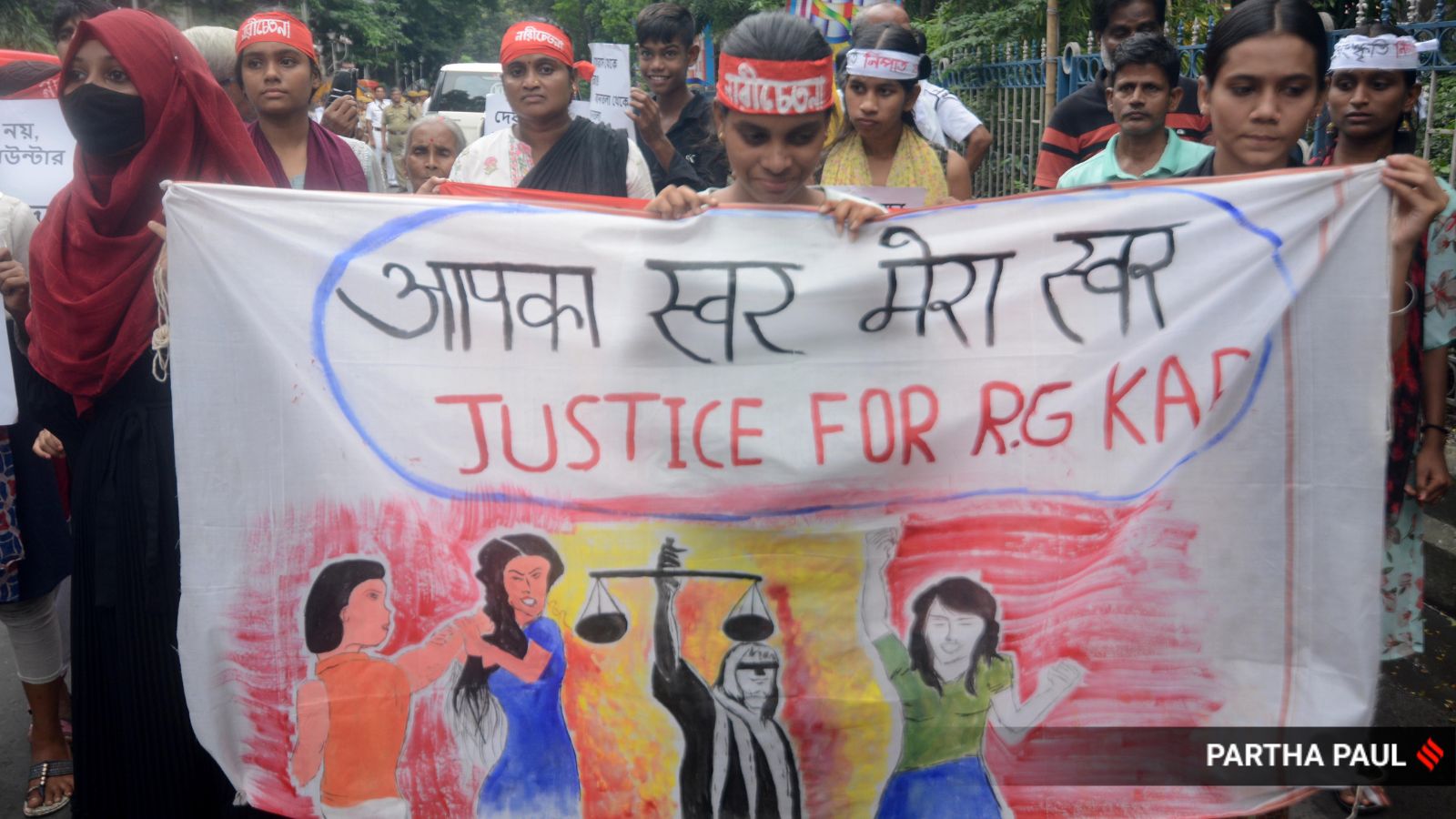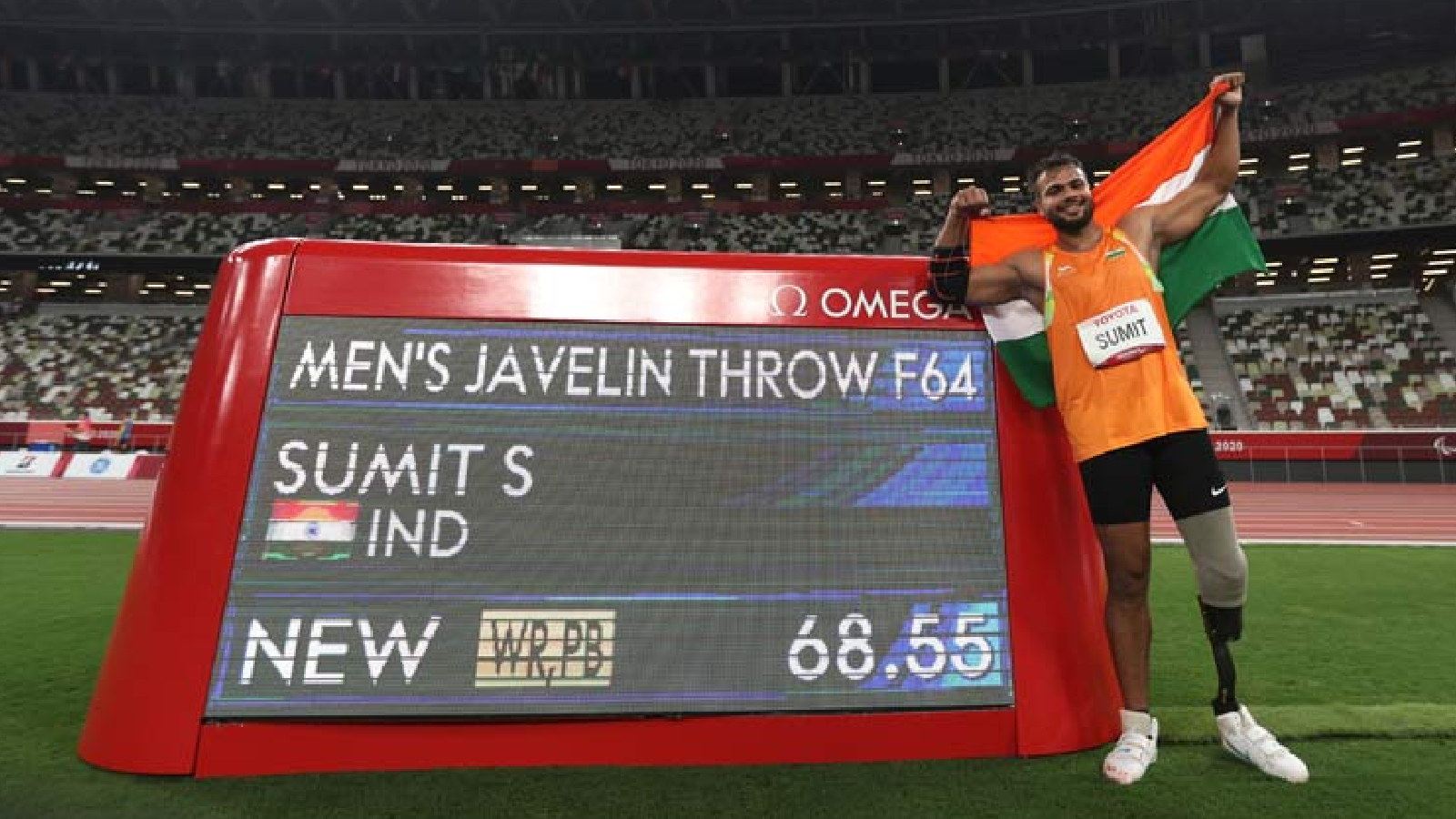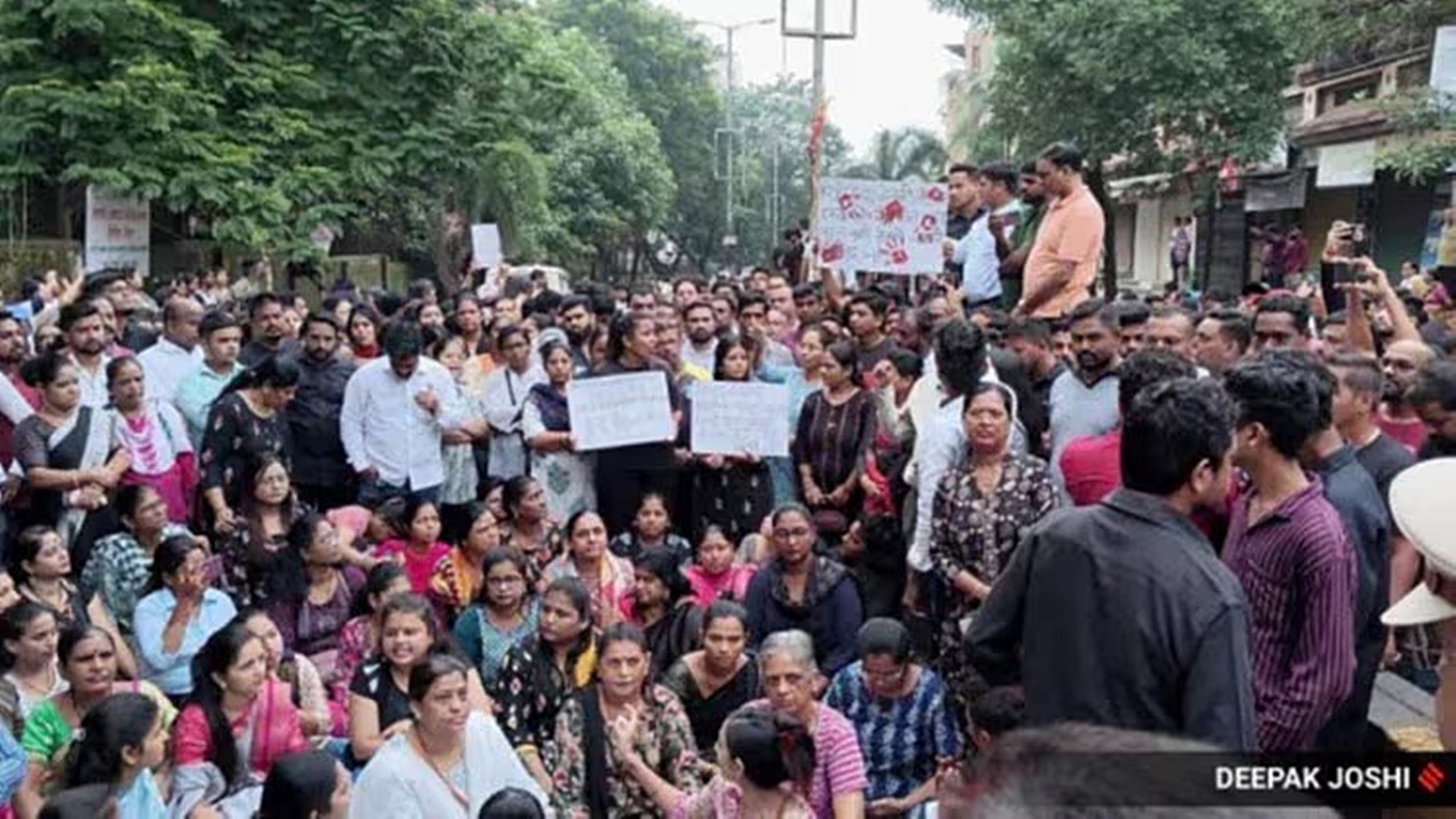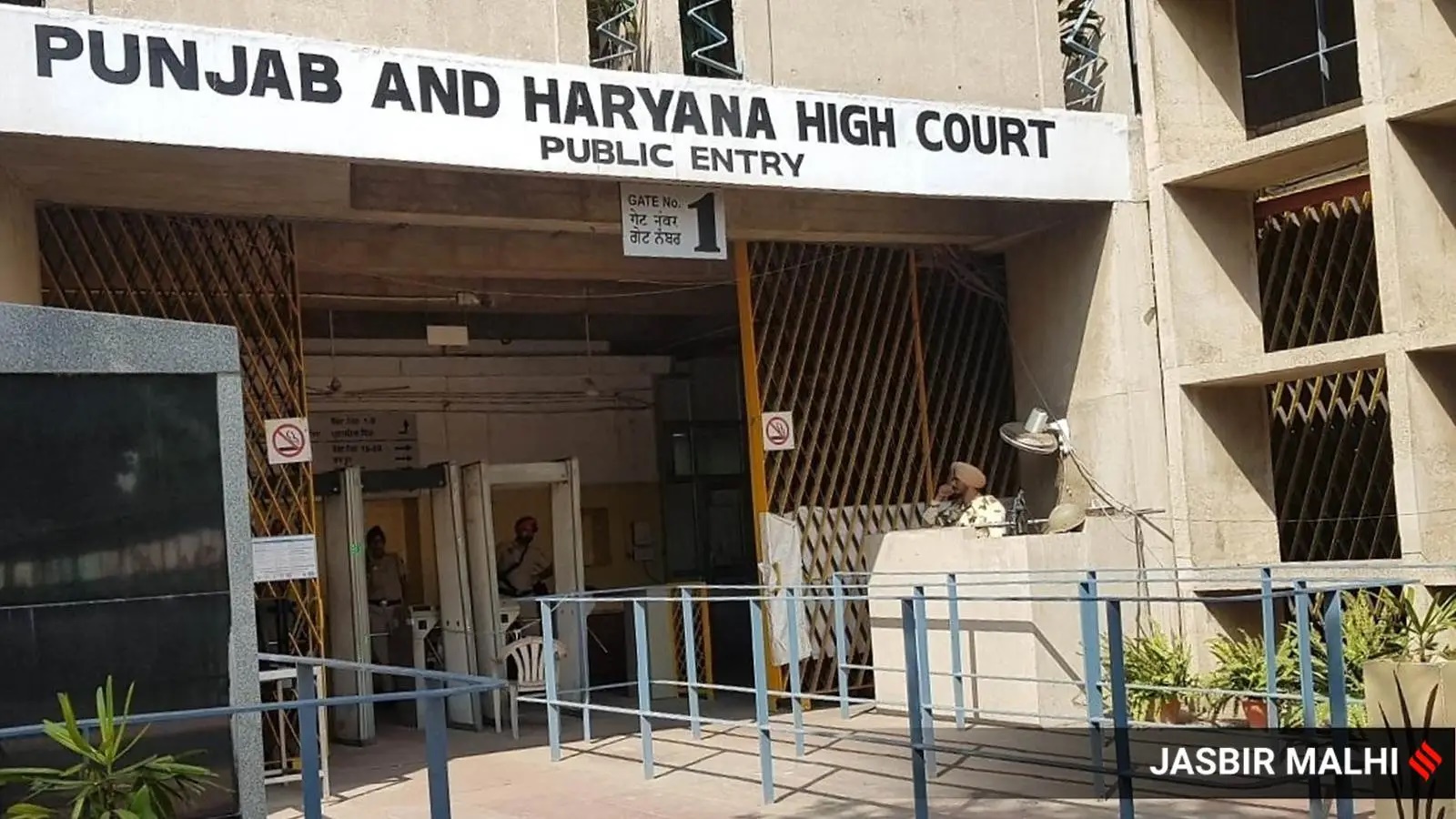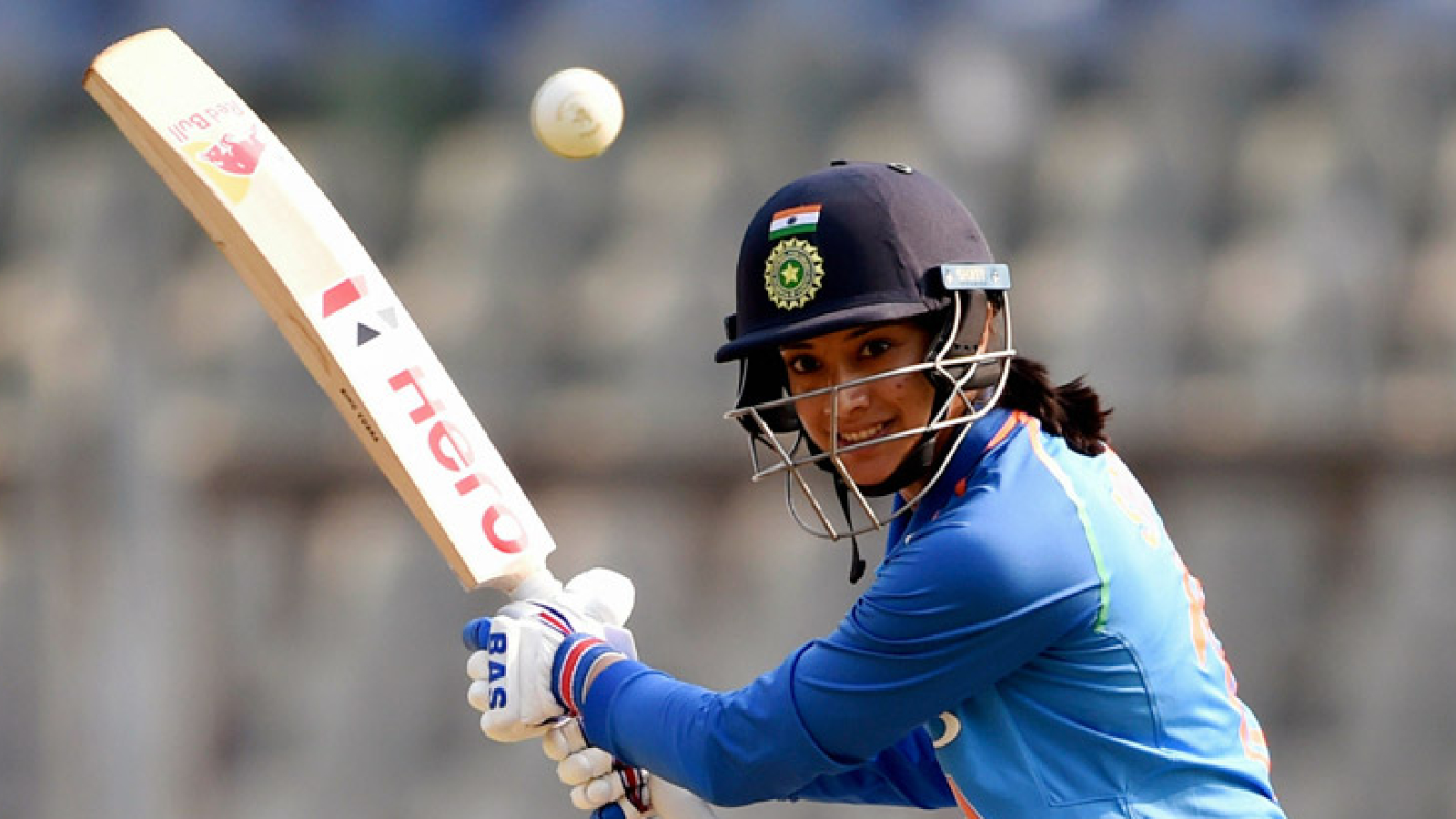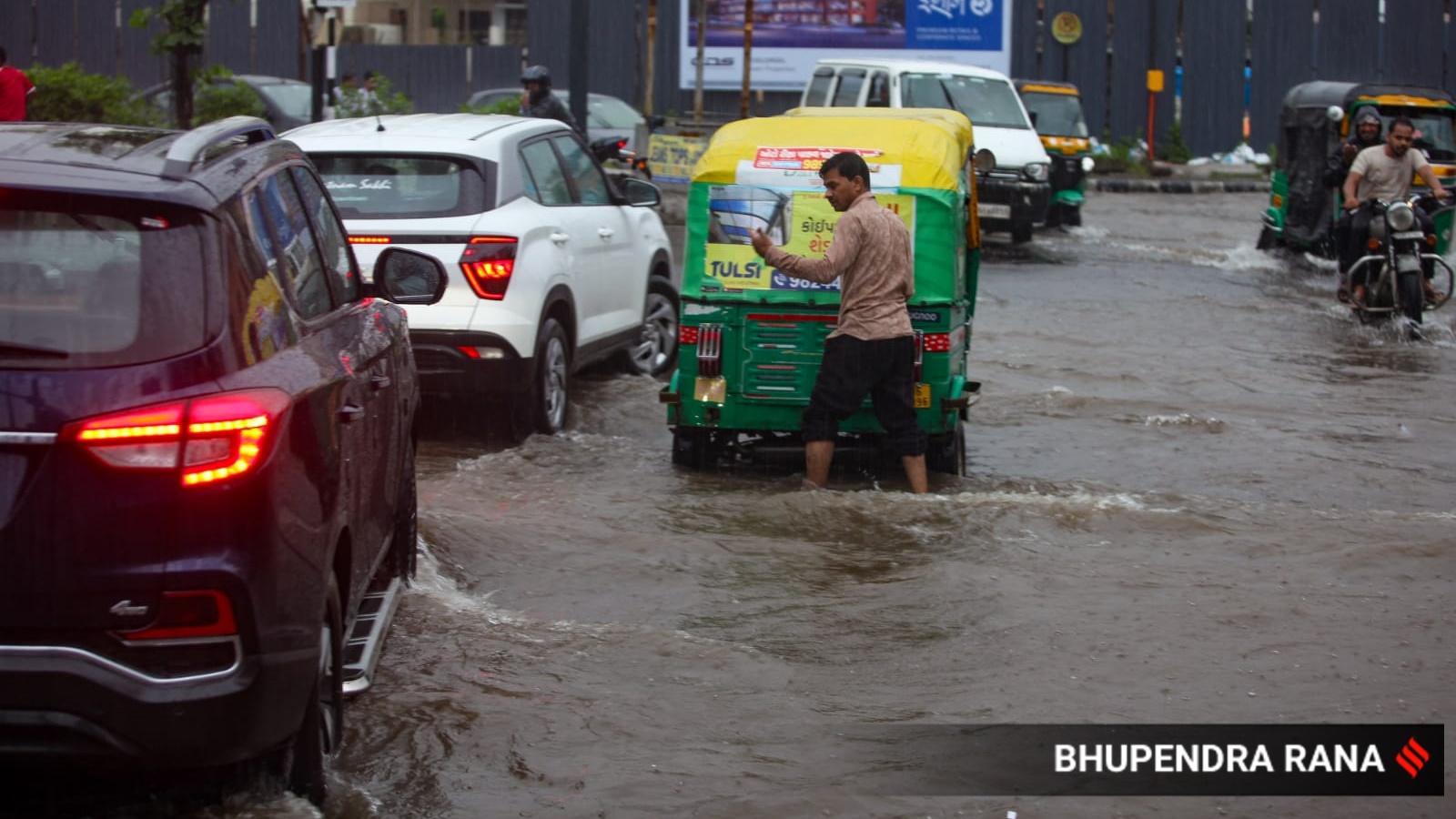Its shortcomings having been routinely exposed, particularly by extreme events, India’s weather department is set to get a massive upgrade of its forecasting capabilities that will enable it to make localised and extreme-weather predictions with far greater accuracy. A new mission to improve weather forecasting, with a budget of at least Rs 10,000 crore is expected to be launched soon, The Indian Express has learnt. It is likely to be several times bigger than Monsoon Mission, launched in 2012, that has resulted in a noticeable uplift in the capabilities of the India Meteorological Department (IMD). Though the IMD’s weather forecasts have increased significantly over the past decade, it has struggled to provide accurate predictions at the local level. A recent report by The Indian Express showed how the IMD’s rainfall forecasts for Mumbai were way off the mark on about 40 per cent of the days in July. The science of weather forecasting has uncertainties built into it. The more specific a forecast — either over a small area, or during a small time-window — the greater is the uncertainty. Some of these uncertainties can be offset by installing denser network of measuring instruments, collecting more data, doing more computations and developing better simulation models. Extreme weather events are even more difficult to predict. In the last decade or so, extreme events, under the influence of climate change , have become more frequent and intense, and also more erratic. Events expected to occur only once in 50 or 100 years, have been happening with far greater regularity. IMD’s weather simulation models, though a vast improvement over what existed a decade ago, have been unable to capture the extreme events with much accuracy. As a result, such events, particularly extreme rainfall, have been coming as a surprise. These rainfall events have also triggered largescale disasters, like the recent landslides in Kerala and lake outbursts in Sikkim and Uttarakhand last year. In the absence of timely and reliable forecasts of extreme events, their location and intensity, such disasters have been causing widespread damage. The new mission is targeted at minimising the impact of such extreme weather events by generating effective forecasts and establishing early warning systems that can then be acted upon by local authorities to take necessary preventive measures. While previous upgrades to the weather forecasting system, including the Monsoon Mission, have focused mainly at improving the infrastructure — more instruments, better computing power — the new mission is expected to focus on developing more accurate computer simulation models that will be tailor-made for India and would account for climate change scenarios, The Indian Express has learnt. This would involve a lot of research and development, particularly on assessment of climate change impacts over the region. The mission would also further strengthen weather monitoring network and installation of more sophisticated instruments like Doppler radars. To improve the monitoring of atmospheric parameters over India, the mission is expected to see the deployment of a few more dedicated weather satellites. India already has three satellites in space — INSAT-3D, INSAT-3DR and INSAT-3DS —that are used mainly for meteorological observations. Of these, INSAT-3D and INSAT-3DR have been in space for over 8 years, and nearly completed their mission lives. INSAT-3DS was launched earlier this year. The next generation of meteorological satellites, possibly in INSAT-4 series, are already under development. These satellites would be equipped with latest technologies and designed to produce very high-resolution data to feed into weather forecasts. The new mission would also focus on greater integration of artificial intelligence and machine learning (AI/ML) in weather forecasting. The power of these new capabilities are already being utilised to make experimental hyperlocal rainfall forecasts for Mumbai by a team of researchers from IIT-Bombay led by Subimal Ghosh. Ghosh’s predictions for Mumbai this season have been more accurate than IMD. “Hyper local forecasts are extremely challenging even when you have very high-resolution data to work with. But the increased power of artificial intelligence and data science can be very useful. We have been running data-driven models for our experimental forecasts in Mumbai, and this season, there has been only one extreme rainfall event that we were not able to predict accurately. Maybe, we have also been a bit lucky this season, but these models will keep getting better with time. Mumbai is one of the most difficult places to get your forecasts right. So, there is promise,” Ghosh told The Indian Express. Click here to join The Indian Express on WhatsApp and get latest news and updates How the lid was blown off a murder disguised as Subscriber Only Tavleen Singh writes: Rape as a political weapon Subscriber Only Lessons for badminton officials after Paris Olympics Subscriber Only Opinion | In America and in India: The neighbour test Subscriber Only UPSC Key | Unified Pension Scheme, Vigyan Dhara, Naxalism and Subscriber Only Police, family caught in wrangle over 82-year-old central Mumbai building Subscriber Only The modern workplace is a toxic, real-life version of 'The Subscriber Only How Tarun Tahiliani and JJ Valaya are now clothing young Subscriber Only What makes Stree 2 actor Shraddha Kapoor an Instagram sensation None
Popular Tags:
Share This Post:
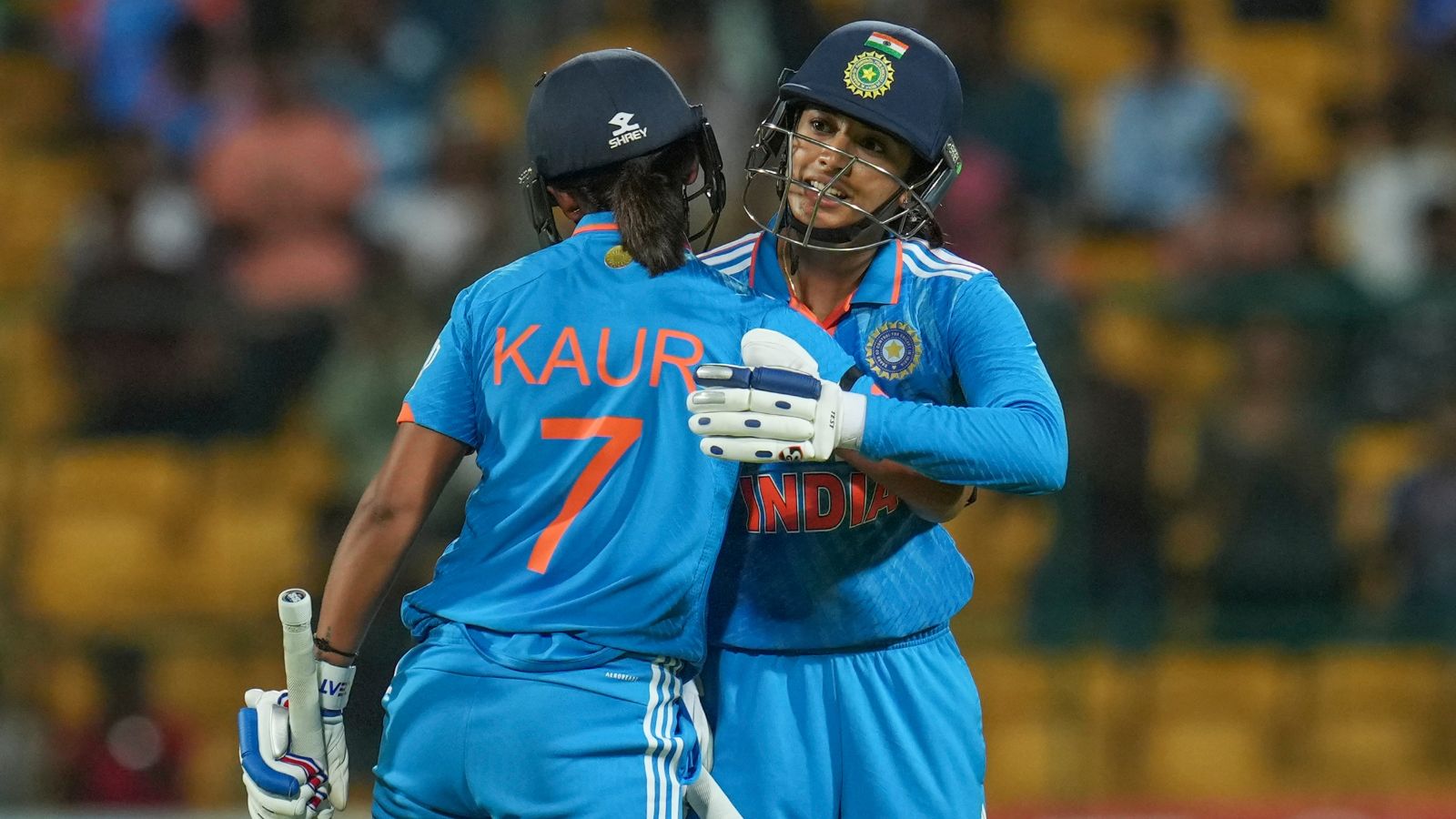
Women’s T20 World Cup 2024: Full schedule, match dates, groups, squads and venues
August 27, 2024What’s New
Spotlight
Today’s Hot
-
- August 27, 2024
-
- August 27, 2024
-
- August 27, 2024
Telegram becomes free speech flashpoint after founder’s arrest
- By Sarkai Info
- August 27, 2024
Featured News
IBM to close China R&D department, affecting over 1,000 jobs
- By Sarkai Info
- August 27, 2024
Latest From This Week
How India’s U-15 winner trained in China, won local tournament at 6
ARTICLE
- by Sarkai Info
- August 27, 2024
OpenAI supports California AI bill requiring ‘watermarking’ of synthetic content
ARTICLE
- by Sarkai Info
- August 27, 2024
Subscribe To Our Newsletter
No spam, notifications only about new products, updates.



